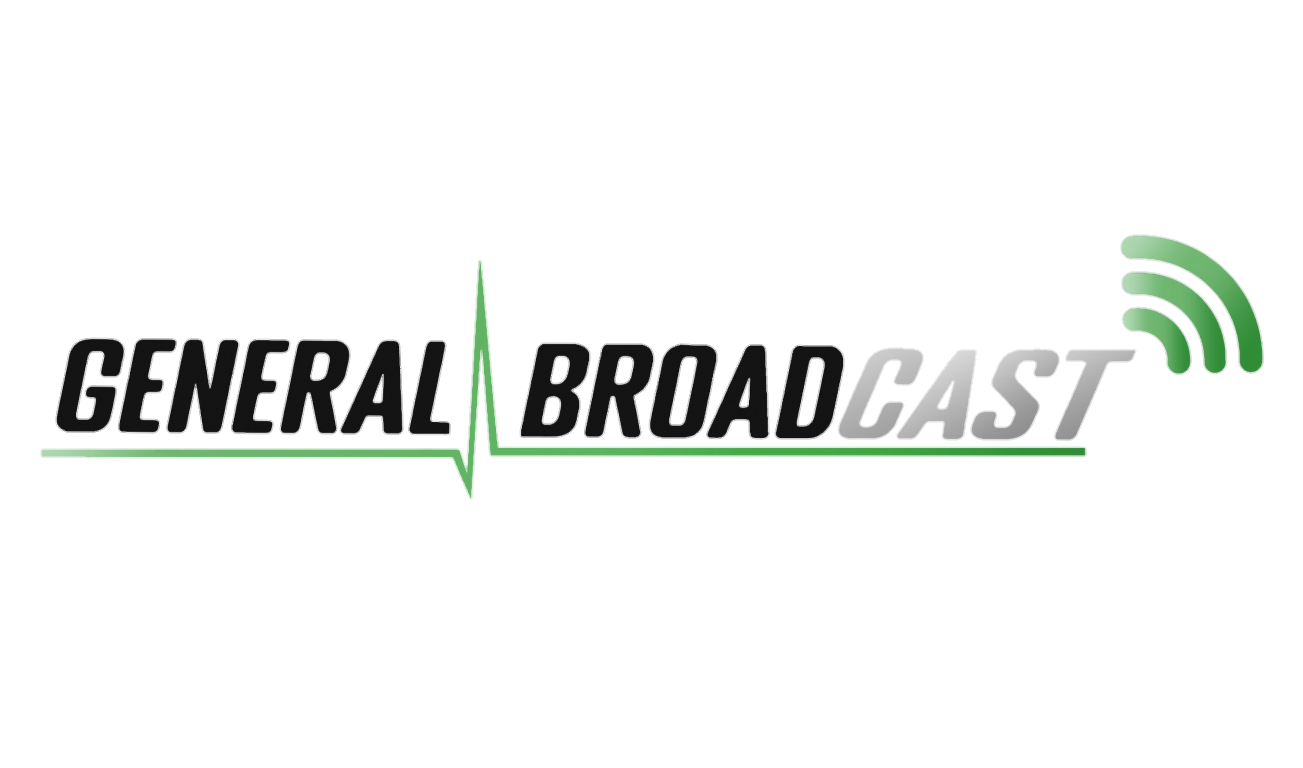Impact Brain Apnoea
What is Impact Brain Apnoea?
Impact brain apnoea, as the name suggests, refers to the cessation of breathing following a head injury. While some head trauma fatalities result from overwhelming primary injuries, such as extensive cranial damage or traumatic brain parenchymal injury, a subset of patients with relatively undamaged brains succumb to significant hypoxic brain injury—a phenomenon central to our discussion.
Historical Understanding and Study
The exploration of IBA traces back centuries, with accounts dating as far as 1705 describing cases of individuals experiencing fatal concussion without visible brain injury. Early investigations debated the mechanisms underlying these occurrences, with theories ranging from microvascular bleeds to trauma-induced vasospasm. Notably, animal studies in the late 19th and early 20th centuries provided crucial insights, demonstrating that concussive forces could induce apnoea without causing apparent brain damage.
Pathophysiology of Impact Brain Apnoea
Understanding the pathophysiology of IBA involves considering three distinct phases: the initial impact and apnoeic episode, the development of hypoxic brain injury, and the subsequent catecholamine surge leading to cardiovascular collapse.
The cessation of breathing leads to hypoxia and hypercapnia, triggering cellular dysfunction, cytotoxic oedema, and cerebral oedema. Concurrently, hypercapnia exacerbates cerebral vasodilation and compromises the blood-brain barrier, amplifying cerebral oedema. This cycle of cerebral oedema, increased intracranial pressure (ICP), and reduced cerebral perfusion pressure (CPP) contributes to worsening hypoxia.
The subsequent catecholamine surge, characterized by a significant release of neurotransmitters like adrenaline and noradrenaline, further complicates the situation. This surge induces tachycardia, hypertension, and myocardial injury, exacerbating the brain's already compromised condition and potentially leading to cardiogenic shock.
Implications for Clinical Care
Recognizing the distinct phases and mechanisms of IBA is pivotal for effective clinical management. Prompt recognition, often facilitated by tools like the GoodSAM app, is crucial for initiating timely interventions. While ambulance services play a vital role, initial responders—such as bystanders or first aid providers—can significantly impact outcomes by promptly identifying and initiating care for IBA patients.
Airway and breathing - we need to ensure we perform excellend A+B care. Remember, patients may not be fully apnoic, but suffering from ventilatory dysfunction, so may require ventilatory support.
An early call for critical care teams may be required for PHEA or Sedation.
Circulation - If patinets are hypotensive we need to consider the causes, this could be from cardiovascular collapse following catecholamine storm, or they could have concominant traumatic injuries.
Neuroprotection - 30 degree head up transporation may be helpful. Removing or losening collars to prevent ICP spikes from reduced venous drainage.
Doing what we can to minimise cerebral metabolic demand for oxygen can be important. This is where advanced care teams can support us further.
Destination - Remember we cant exclude a bleed until they’ve been scanned, so these patients may still need to be bypassed to an MTC.
Take Away Points
Take Away Points
Definition: Impact brain apnoea (IBA) refers to the cessation of breathing following head trauma, leading to hypoxic brain injury.
Historical Context: Accounts of IBA date back centuries, with early investigations into fatal concussion without visible brain injury. Animal studies in the 19th and 20th centuries provided crucial insights into the phenomenon.
Pathophysiology:
IBA involves three phases: initial impact and apnoea, hypoxic brain injury, and a subsequent catecholamine surge.
Hypoxia and hypercapnia lead to cellular dysfunction, cytotoxic oedema, and cerebral oedema. Concurrently, hypercapnia exacerbates cerebral vasodilation, compromising the blood-brain barrier.
The catecholamine surge induces tachycardia, hypertension, and myocardial injury, exacerbating cerebral oedema and compromising brain perfusion.
Implications for Clinical Care:
Recognition is crucial for initiating timely interventions.
Tools like the GoodSAM app can aid in recognition.
Early responders play a vital role in initiating care for IBA patients.
Effective A +B care is the mainstay of effective intervention
Remember, patients may not be totally apnoic on their presentation to you. Ventilatory disfunction may require support.
